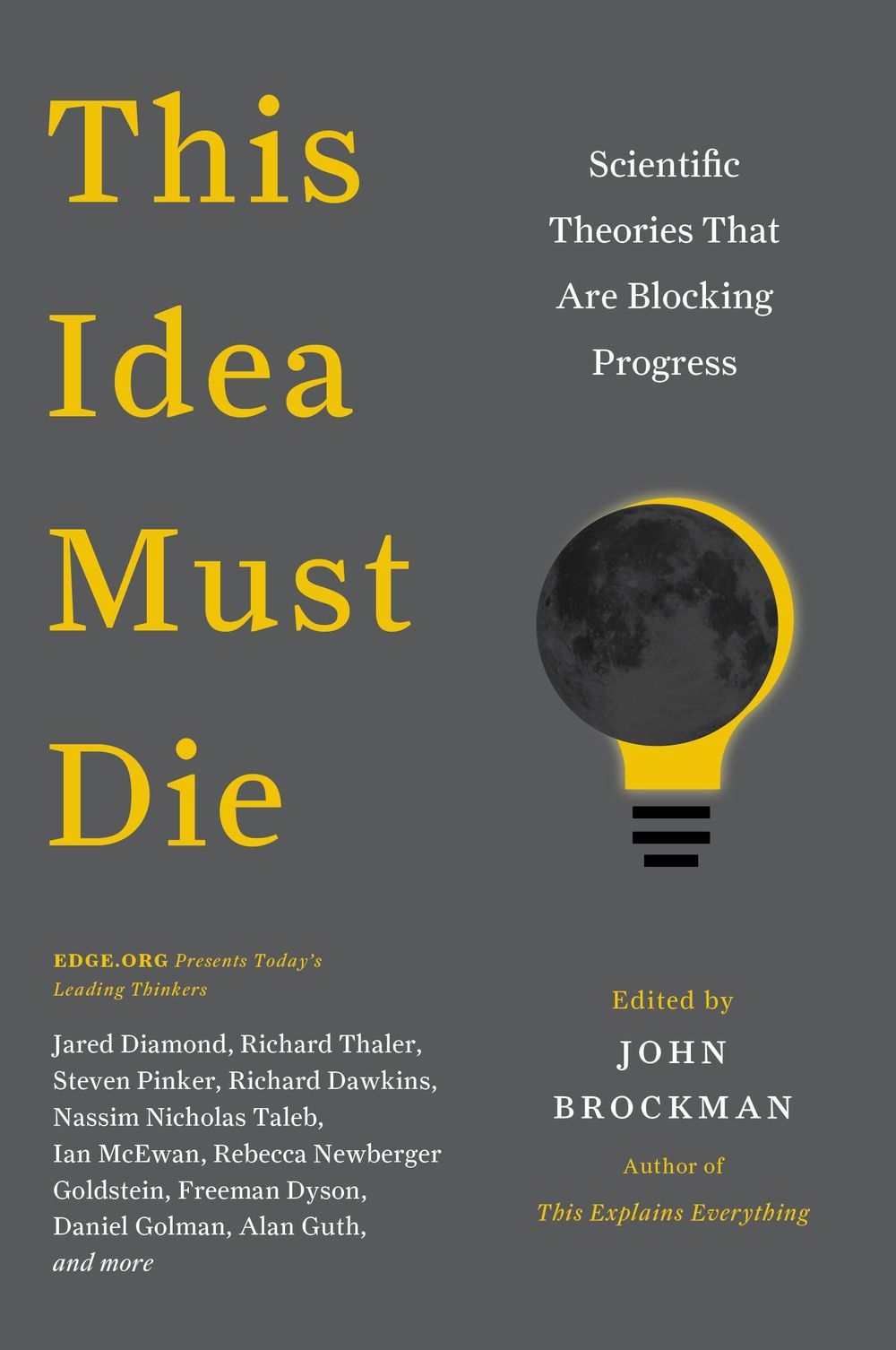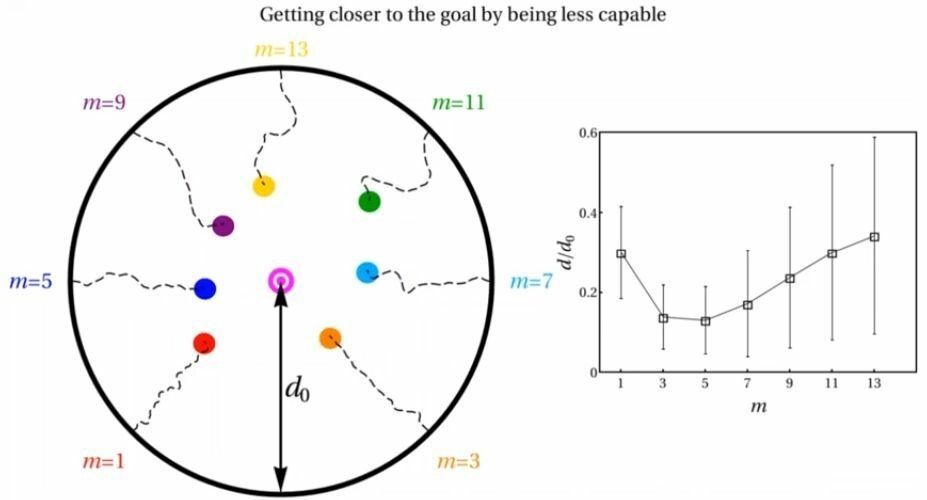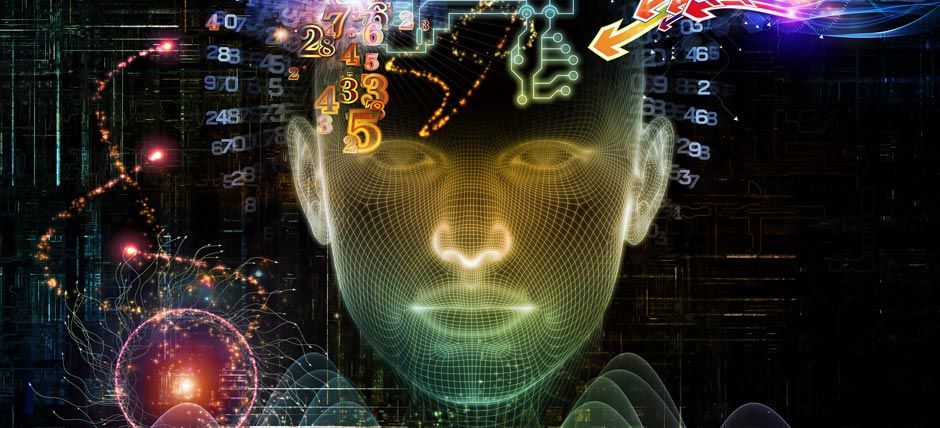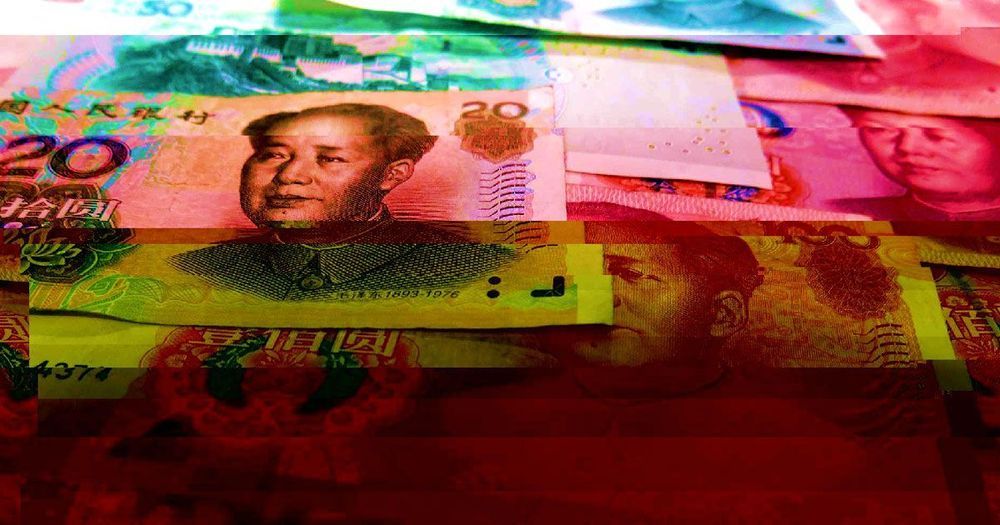Feb 15, 2019
One step closer to complex quantum teleportation
Posted by Quinn Sena in categories: encryption, information science, quantum physics, robotics/AI
Circa 2018
The experimental mastery of complex quantum systems is required for future technologies like quantum computers and quantum encryption. Scientists from the University of Vienna and the Austrian Academy of Sciences have broken new ground. They sought to use more complex quantum systems than two-dimensionally entangled qubits and thus can increase the information capacity with the same number of particles. The developed methods and technologies could in the future enable the teleportation of complex quantum systems. The results of their work, “Experimental Greenberger-Horne-Zeilinger entanglement beyond qubits,” is published recently in the renowned journal Nature Photonics.
Similar to bits in conventional computers, qubits are the smallest unit of information in quantum systems. Big companies like Google and IBM are competing with research institutes around the world to produce an increasing number of entangled qubits and develop a functioning quantum computer. But a research group at the University of Vienna and the Austrian Academy of Sciences is pursuing a new path to increase the information capacity of complex quantum systems.
Continue reading “One step closer to complex quantum teleportation” »

















